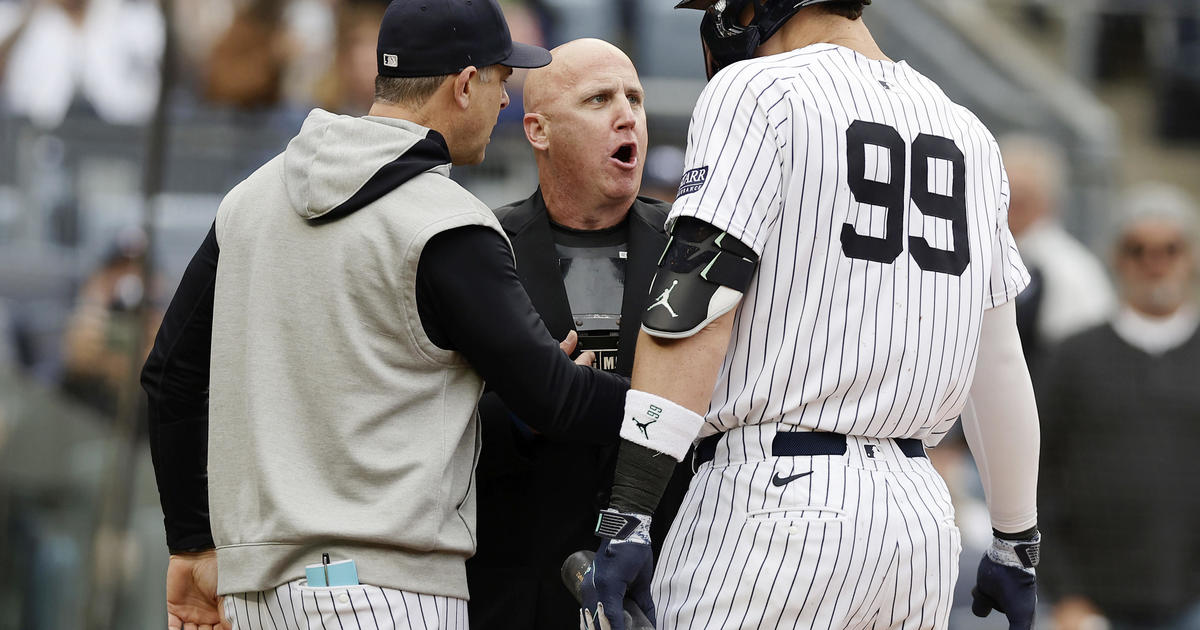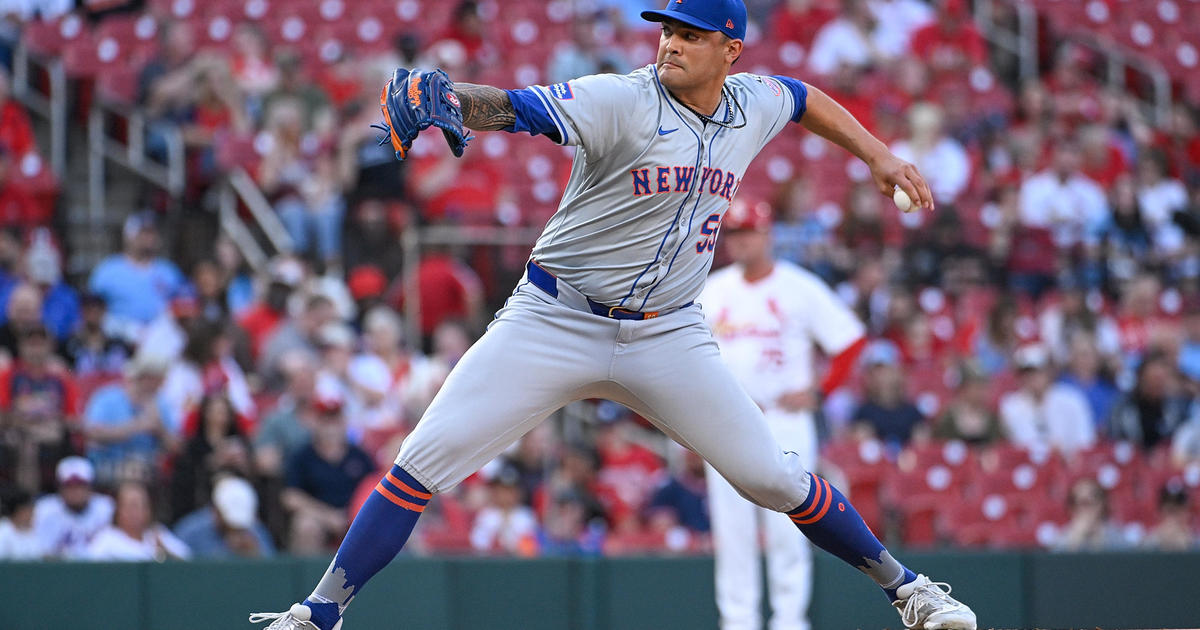Difficult Feet
Injury Breakdown with Abby Sims
Giants fourth-year running back, Ahmad Bradshaw, underwent three surgeries last January – one to remove spurs from his right ankle, and one on each foot to repair fractures of both his right and left fifth metatarsals with the insertion of a screw. Bradshaw's first post-op running session was in April and until yesterday, when he reportedly ran in both practices, his immediate football future was questionable. All accounts I've read since then have been enthusiastic. A piece in the NY Post stated that Bradshaw was running well and will likely return kickoffs and punts once the season begins. However, though I hate to be the spoiler, I can only remain guardedly optimistic.
Which of Bradshaw's surgeries was the bigger deal?
Spurring:
Wear and friction at a joint can promote changes in bone, which responds to stresses by growing more bone. The irregular shape of the joint surfaces that results is due to this extra bone, or spurring. The spurs then take up space in the joint and, when the joint moves through the range of motion required for function, impingement occurs. This is painful, as nerve endings and other structures are pinched. Add impact from running, especially with the cutting patterns involved in football, and the situation can become untenable. Removing the spurs arthroscopically, if that is all that Bradshaw's ankle surgery entailed, is a fairly routine procedure, and he likely healed well. Is it always this simple? – Absolutely not. Sometimes there is more that might have contributed to an athlete's condition. Perhaps there are additional diagnoses that may or may not have been addressed. Or, there could be underlying factors that predisposed an individual to the formation of spurs, such as structural mal-alignment, mechanical flaws in the manner in which an athlete runs, or even consistently running in one direction on a banked surface. Simply stepping up a training program too aggressively can create undue stress on the weight-bearing joints. These and other issues might persist once spurs are removed. If so, with return to competition, the long-term result would be that over time the spurs will reappear. I don't know the specifics of Ahmad Bradshaw's circumstances and so I make no predictions.
Fifth Metatarsal Fracture Fixation
Surgical fixation of fractures of the fifth metatarsal (MT), the long bone of the midfoot that connects the little toe to the bone just in front of the heel, can be tricky. These fractures come in several varieties, based on their exact location and whether they are acute (from a recent trauma) or chronic (typically this is due to an unhealed stress fracture). The most common fracture of the fifth metatarsal is an avulsion fracture, where a small portion of the base of the bone is pulled away from the body of the bone. At the fifth MT, avulsion is most often due to the pull of the connective tissue at the base of the foot or tension from a particular muscle of the lower leg that attaches at the fifth MT. A "Dancer's fracture" of the fifth metatarsal typically occurs with twisting of the ankle, otherwise known as an inversion sprain (O'Malley, 1996). These MT fractures may be accompanied by fractures of the outer ankle. Though I've not seen detailed reports of his injuries, I would guess that Bradshaw's fractures were most likely of the Jones' variety rather than avulsions. Jones' fractures occur in an area connecting the base of the fifth metatarsal with the shaft of the bone, and they often prove to be stubborn injuries.
Studies have demonstrated that only about two-thirds of acute fifth metatarsal fractures heal well with non-operative treatment (Wheeless' Textbook of Orthopaedics). Conservative care initially entails wearing a non-weight-bearing cast for about 6-8 weeks followed by therapy. Surgery is the treatment of choice for those with delayed healing or incomplete healing of the bone, known as non-union. In these chronic cases, only a percentage of the fractures will mend without surgical intervention, and those that do require prolonged treatment during which time an individual cannot participate in sports. Likewise, when a fracture is displaced (where the two ends of the bone don't line up) or where an avulsion entails a large piece of bone being pulled away, surgery is warranted. An athlete, such as Ahmad Bradshaw, may opt for surgery rather than risk being out for an extended period only to find out that his fracture still hasn't healed. Post-operatively you can be sure that he was monitored carefully and only allowed to return to activity once full union (mending) of the bone was established. This is because a premature return to activity can result in failure of the fixation (Larson, 2002). Some athletes, even after surgery and a carefully executed rehabilitation plan, suffer from re-fracture.
So, the answer to my question is clearly that the fixation of Bradshaw's metatarsals was the more sensitive of his surgeries. After working to control his post-operative inflammation and pain, regain his strength, range of motion, endurance, flexibility and balance, Mr. Bradshaw began to run again. I've read that he has been trying to adjust his running technique – attempting to place less stress on the outer border of his feet – to avoid re-injury. That may be a tough go. We'll keep an eye on him…
If you experience the onset of pain at the side or outer edge of your foot, seek treatment. The pain may seem to have been unprovoked or might have increased gradually. Don't hesitate if you find that the pain is more pronounced with walking and is exacerbated by running or sports participation. A negative x-ray doesn't even mean that you are in the clear. Remain on alert because stress fractures often don't show up on initial x-rays and may only be evident once they begin to heal.



